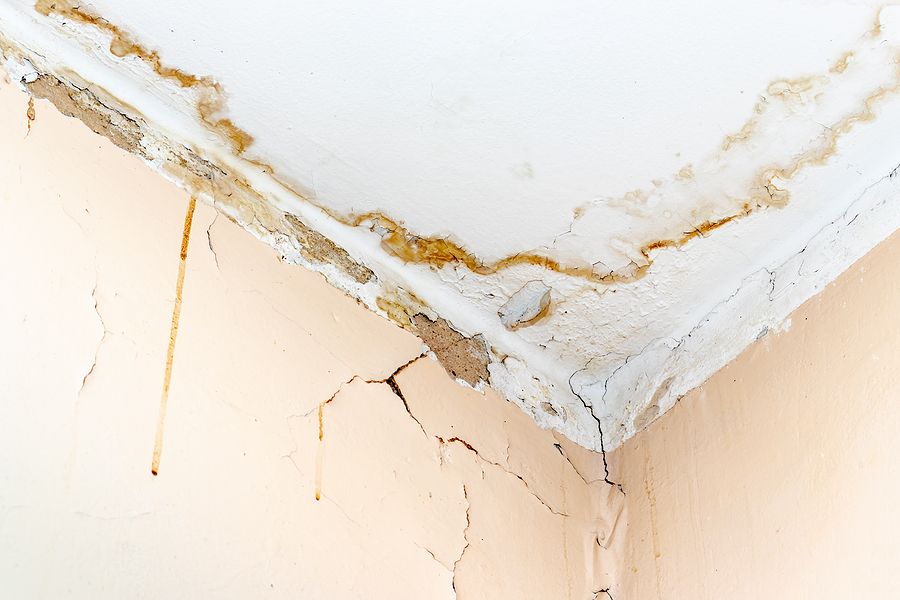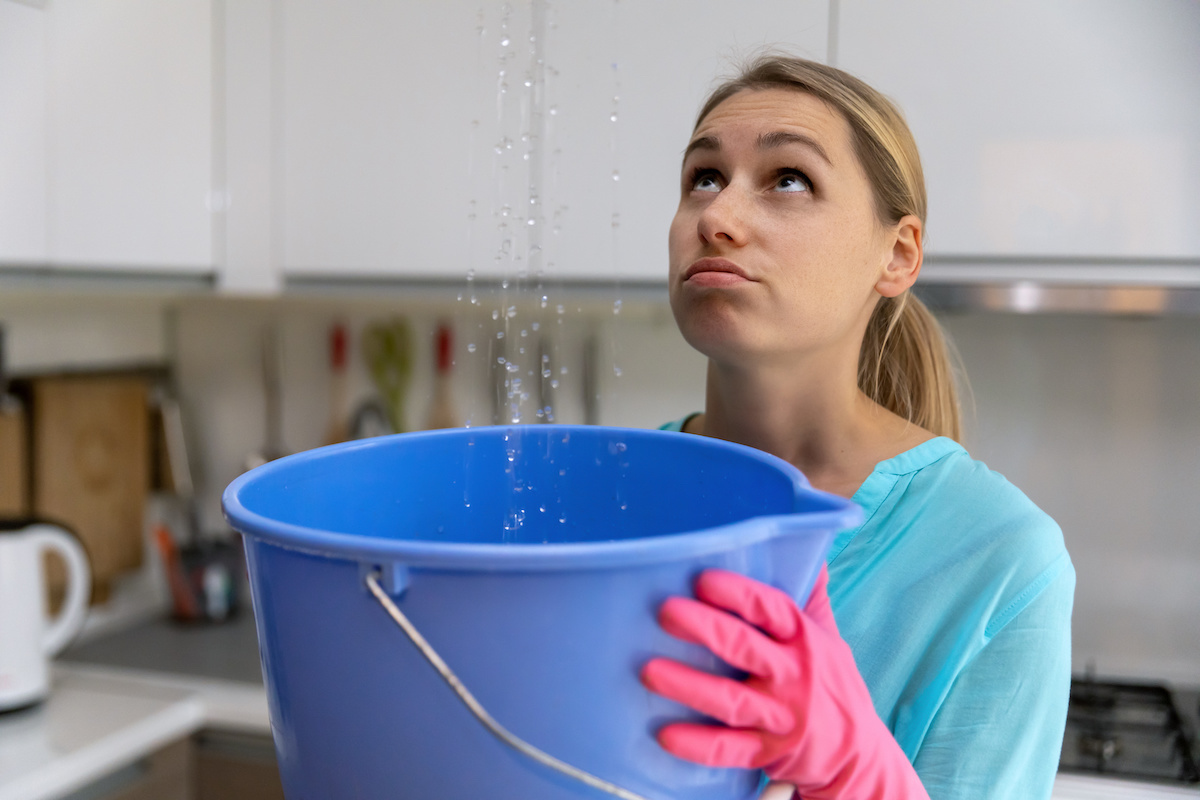Understanding the Top Reasons for Leakage in Your Home
Understanding the Top Reasons for Leakage in Your Home
Blog Article
What're your concepts about Top Causes of Home Water Leaks?

Leakages not only cause waste of water but can also cause unneeded damages to your house as well as advertise unwanted organic development. Unfortunately, water leaks could go unnoticed given that most of the pipework in our residence is hidden. By looking and comprehending for everyday scenarios that trigger leaks, you can safeguard your home from future leaks as well as unnecessary damage. Today, we will consider six leak creates that may be creating your pipes to drip.
Encroaching roots
The majority of water leakages begin outside the house rather than inside it. You might see wet spots or sinkholes in your backyard, as well as that may indicate that tree roots are invading water lines causing water to leak out.
Corroded water systems
This might be the reason of discoloration or bending on your water pipes. If our plumbing system is old, think about replacing the pipes given that they are at a higher risk of corrosion than the more recent models.
Faulty Pipeline Joints
The factor at which your pipes attach is regularly the weakest link in the waterline. Pipeline joints can degrade in time, causing water leakages. The bulk of pipe joints are not easily visible. If you have noisy pipes that make ticking or banging noises, particularly when the warm water is activated, your pipeline joints are possibly under a great deal of stress. It is suggested to have your plumber inspect your system once a year.
Instant temperature level adjustments.
Extreme temperature modifications in our pipelines can create them to increase and also get all of a sudden. This development and also contraction may create fractures in the pipelines, specifically if the temperature are below cold.
Poor Water Connectors
At times, a leak can be created by loosened tubes and also pipes that provide your devices. In instance of a water connections leak, you may see water running straight from the supply line or puddles around your devices.
Blocked Drains
Obstructed drains pipes might be frustrating and inconveniencing, yet they can often end up creating an overflow causing break pipes. Keep eliminating any products that may drop your drains that can clog them to avoid such troubles.
All the above are sources of leaks but not all water leakages result from plumbing leaks; some leaks could come from roof leakages. All leakages ought to be repaired instantly to prevent water damages.
Leakages not just create waste of water however can also cause unneeded damage to your house and advertise undesirable organic development. By looking and understanding for day-to-day scenarios that trigger leakages, you can safeguard your residence from future leakages as well as unneeded damage. Today, we will look at six leakage triggers that may be triggering your pipes to trickle.
At times, a leakage can be triggered by loose pipes and also pipes that supply your devices. In instance of a water connections leak, you may observe water running straight from the supply line or pools around your appliances.
How To Check For Water Leak In Your Home
How To Check for Leaks
The average household's leaks can account for nearly 10,000 gallons of water wasted every year and ten percent of homes have leaks that waste 90 gallons or more per day. Common types of leaks found in the home are worn toilet flappers, dripping faucets, and other leaking valves. These types of leaks are often easy to fix, requiring only a few tools and hardware that can pay for themselves in water savings. Fixing easily corrected household water leaks can save homeowners about 10 percent on their water bills.
To check for leaks in your home, you first need to determine whether you're wasting water and then identify the source of the leak. Here are some tips for finding leaks:
Take a look at your water usage during a colder month, such as January or February. If a family of four exceeds 12,000 gallons per month, there are serious leaks.
Check your water meter before and after a two-hour period when no water is being used. If the meter changes at all, you probably have a leak.
Identify toilet leaks by placing a drop of food coloring in the toilet tank. If any color shows up in the bowl after 10 minutes, you have a leak. (Be sure to flush immediately after the experiment to avoid staining the tank.)
Examine faucet gaskets and pipe fittings for any water on the outside of the pipe to check for surface leaks.
Undetected water leaks can happen without the home or business owner even realizing. If you suspect a water leak, but not able to find the source. It is time to contact a professional water leak detection service, The Leak Doctor.
How To Find a Water Leak In Your Home
https://www.leakdoctor.com/blog/How-To-Check-For-Water-Leak-In-Your-Home_AE197.html

I discovered that post about How to Find Water Leaks while exploring the internet. Do you know another individual who is interested in the subject? Why not promote it. Kudos for your time. Come back soon.
Expert solution? Dial. Report this page